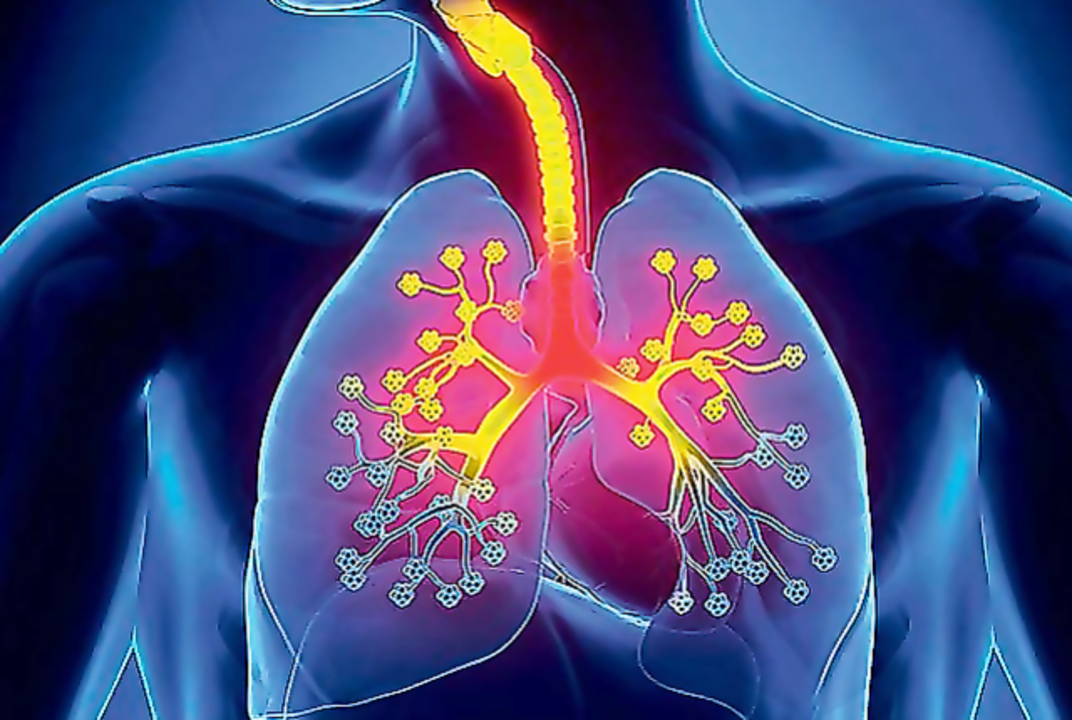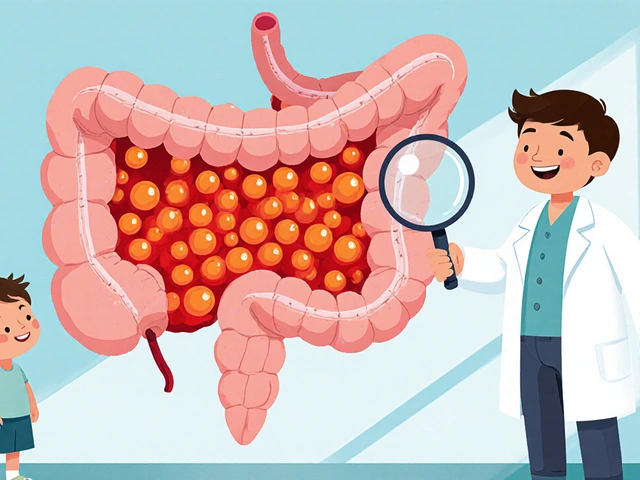Pneumonia: Causes, Symptoms, Treatment, and Prevention
Pneumonia is an infection of the lungs that fills air sacs with fluid or pus. You might feel fever, cough with green or bloody phlegm, shortness of breath, chest pain when breathing, and unusual tiredness. Symptoms range from barely noticeable to life-threatening, especially for babies, older adults, and people with weak immune systems.
Most cases are caused by bacteria (like Streptococcus pneumoniae), viruses (flu, RSV, COVID), or less commonly fungi. Bacterial pneumonia often comes on fast with high fever and one-sided chest pain. Viral pneumonia can start like a cold and get worse over several days. Doctors use symptoms, exam, chest X-ray, and sometimes blood tests or sputum culture to find the cause.
If you have mild symptoms, a family doctor may suggest rest, fluids, and over-the-counter fever and pain reducers. For bacterial pneumonia, antibiotics are the right treatment — start them as prescribed and finish the full course. Viral pneumonia rarely needs antibiotics; instead, antiviral drugs may help if started early for certain viruses like influenza. Severe cases need hospital care, oxygen, IV fluids, and sometimes breathing support.
When should you see urgent care or the ER? Go now if you have breathing faster than usual, trouble speaking due to breathlessness, bluish lips or face, confusion, very low blood pressure, or a high fever that won't come down. Also seek care for infants with poor feeding, very sleepy babies, or older adults who seem suddenly disoriented.
Home care matters. Rest, keep hydrated, and use a humidifier or hot showers to loosen mucus. Over-the-counter meds like acetaminophen or ibuprofen can control fever and pain. Avoid smoking and smoky places — smoke delays healing. If a prescribed inhaler or nebulizer helps you breathe, use it as directed.
Prevention is practical and effective. Vaccines cut the risk: pneumococcal vaccines protect against common bacterial strains, and annual flu shots reduce the chance of flu-related pneumonia. Washing hands, staying away from sick people, and masking in crowded places during outbreaks also lowers risk. For people with chronic lung diseases, keeping conditions like COPD or asthma under control reduces pneumonia chances.
Watch for complications. Untreated pneumonia can lead to lung abscesses, pleural effusion, sepsis, and long recovery times. Recovery length varies — some people bounce back in a week, others need months. Follow-up with your doctor if symptoms persist or return after treatment.
If you're unsure whether it's pneumonia, call your healthcare provider. They can advise whether you should be seen, tested, or started on antibiotics. Quick action can prevent serious problems and get you back to feeling like yourself.
Quick tips for faster recovery
Use a pulse oximeter at home if your doctor recommends it to check oxygen levels. Keep follow-up appointments and finish medicines. Avoid heavy activity until breathing feels normal. Eat protein-rich foods and small frequent meals to help healing. Ask about rehab or breathing exercises if shortness of breath persists. If symptoms worsen, head to the ER; don't wait. Carry a list of current meds and allergies regularly.




